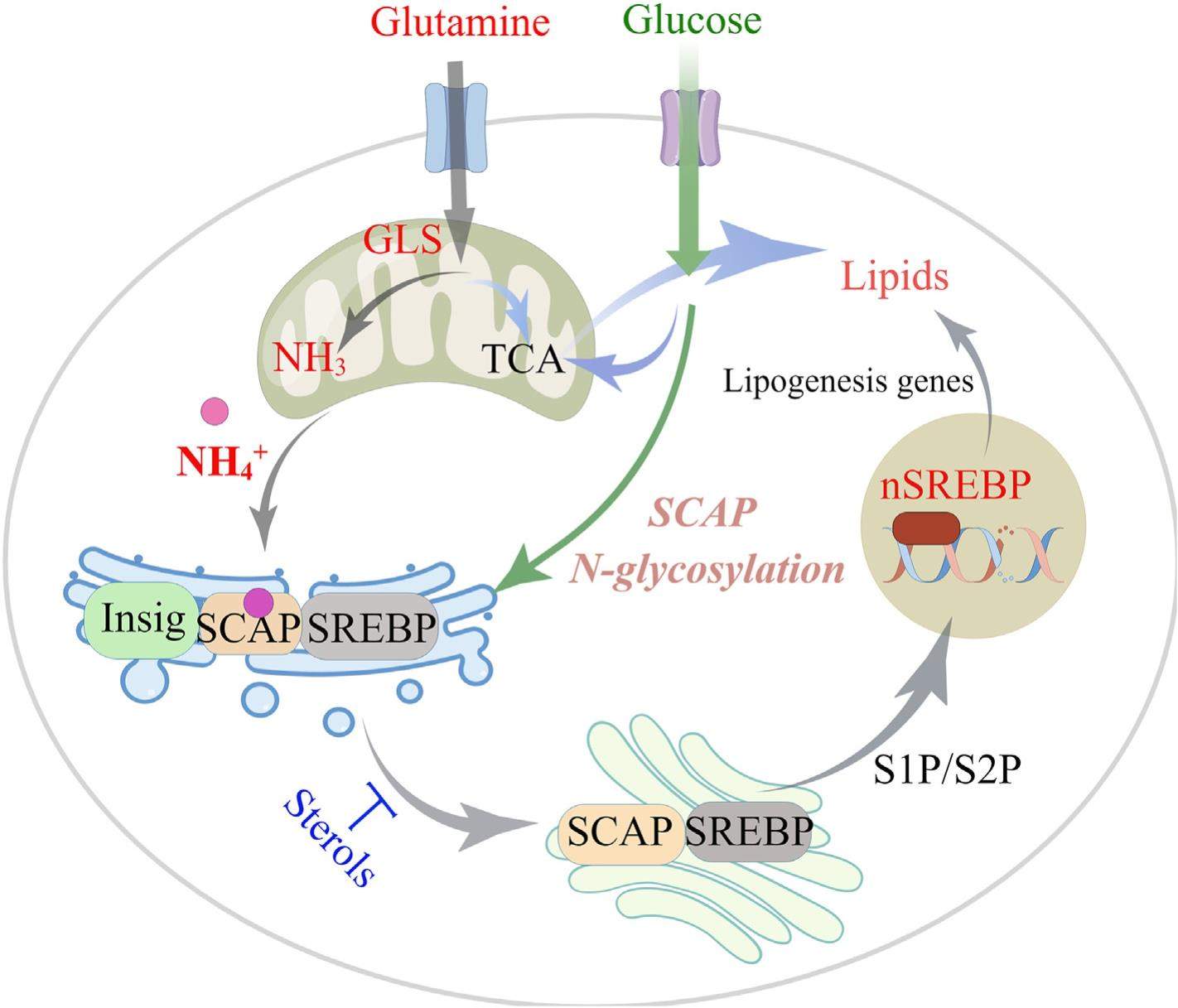
Glutamine-released ammonia acts as an unprecedented signaling molecule activating lipid production


In healthy humans, ammonia circulates in the bloodstream at a concentration around 11-32 mmol/L. Whether ammonia plays any physiological role has been unknown until a recent report published in Nature Metabolism. Ammonia, long thought to be a toxic waste product of amino acid metabolism, needs to be excreted from the human body as urea. Intriguingly, in this paper, Cheng et al for the first time reported that ammonia is not a waste product; rather, it is an unprecedented signaling molecule tying glucose and glutamine to lipid production in human cells. This study revealed that ammonia released from glutamine triggers a cascade of cellular processes leading to the activation of lipogenesis machinery for lipid production. This discovery has major implications for developing treatments for human diseases such as cancers and metabolic syndromes, as dysregulated metabolism is a hallmark of these diseases.
